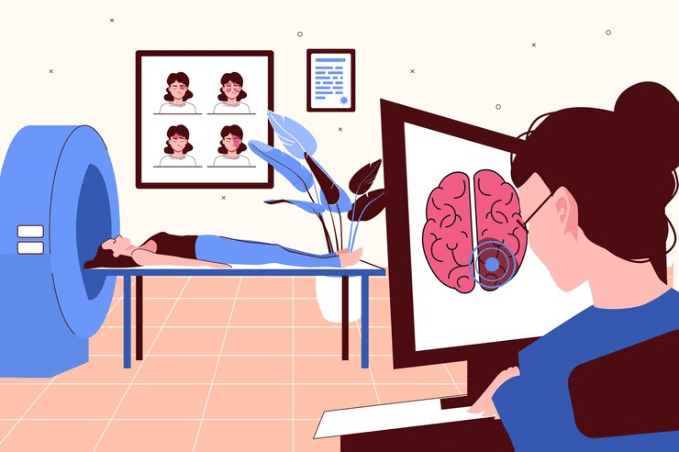Revealing the Link Between quantitative EEG and Slumber Apnea Trends for Enhanced Diagnosis and Therapy
Revealing the Link Between quantitative EEG and Slumber Apnea Trends for Enhanced Diagnosis and Therapy
Blog Article
Sleep apnea is a common sleep condition that impacts many individuals around the globe. It happens when a individual's respiration is interrupted during sleep, leading to poor slumber standards and various health concerns. One of the ways researchers and physicians are endeavoring to better understand and identify sleep apnea is through a method called quantified electroencephalography, or qEEG. This method assesses the electrical activity of the cerebrum and can offer valuable insights into how sleep apnea impacts cerebral activity and general health.
qEEG entails placing small electrodes on the scalp to capture cerebral oscillations. These cerebral oscillations are then analyzed to detect trends that may suggest sleep disorders, including sleep apnea. By analyzing these patterns, healthcare professionals can obtain a more precise understanding of how sleep apnea interrupts normal brain function during slumber. This data can be essential for formulating efficient treatment plans tailored to individual clients. Comprehending the relationship between qEEG and sleep apnea can result to improved diagnostic techniques and superior results for those impacted by this disorder.
Studies has demonstrated that individuals with sleep apnea often exhibit distinct changes in their brain oscillation trends. For instance, during episodes of apnea, the cerebrum may show heightened function in specific regions while other areas become less active. These changes can affect how effectively a individual slumbers and how refreshed they feel upon awakening. By employing qEEG to monitor these brain wave patterns, doctors can identify specific characteristics of sleep apnea in clients, which can assist in formulating a more precise diagnosis. This is particularly crucial because sleep apnea can occasionally be confused for other sleep disorders, leading to misguided therapies.
In furthermore to enhancing identification, qEEG can also serve a part in assessing the effectiveness of treatments for sleep apnea. For instance, after a patient begins employing a constant beneficial airway force (CPAP) device, which assists maintain the passage clear during slumber, qEEG can be used to assess changes in brain activity. If the brain shows improved patterns of sleep after starting treatment, it may indicate that the treatment is functioning well. This response can assist physicians formulate required modifications to therapeutic strategies, guaranteeing that clients obtain the optimal treatment feasible.
In summary, the relationship between qEEG and sleep apnea trends is an promising area of study that offers potential for improving identification and therapy. By comprehending how sleep apnea Full Report impacts brain function, healthcare providers can formulate more effective strategies to help clients attain better sleep and improve their overall well-being. As studies progresses to advance, it is probable that qEEG will turn into an integral instrument in the fight against sleep apnea, leading to better outcomes for those who suffer from this challenging condition.